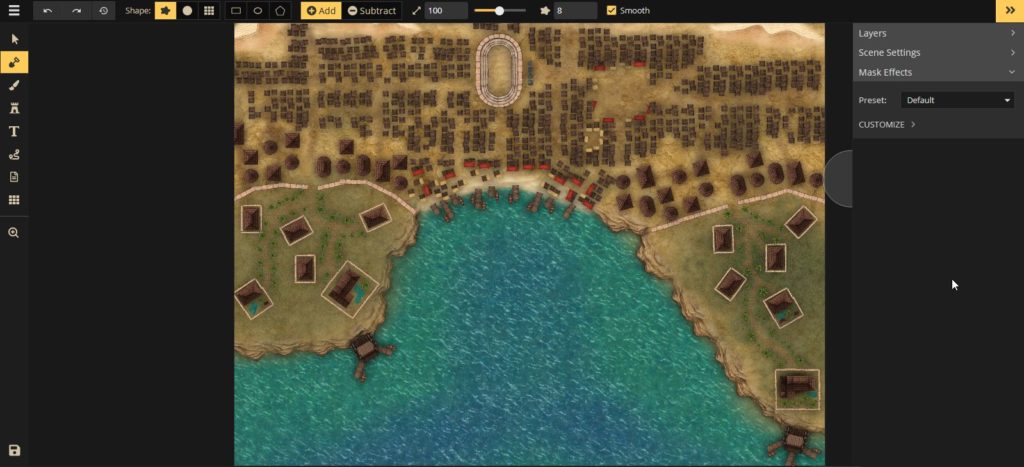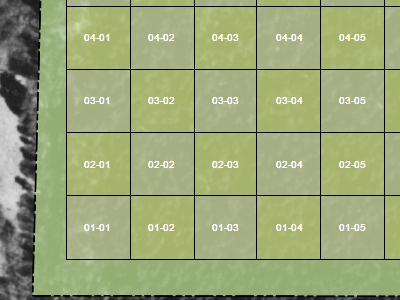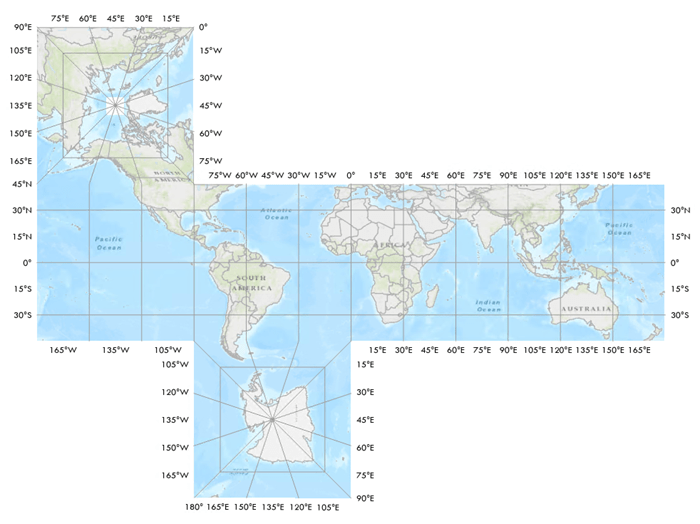

Geological Survey Geologic Investigation Series Map I-2669, 1:500,000-scale (Public domain). After Soller, D.R., et al., 1999, Three-dimensional geologic maps of Quaternary sediments in East-Central Illinois, U.S. The light-colored unit in layer 7 is a sand and gravel aquifer filling a bedrock valley, and buried by low-permeability glacial till. Layer 1 (top) is land surface layer 8 (bottom) is the underlying bedrock. However, this system should function well, provided each classification is well defined and can be correlated with other classifications to ensure ease of translation from one format to another.įigure 2. Three-dimensional stack of glacial geologic layers in east-central Illinois. It is recognized that because of the many geologic terrains and geologic mapping agencies, and because of long historical usage of certain terms, multiple standard classifications will be necessary to accommodate regional variations in terminology. This standard language then can be used in the field or in the office to organize and interpret field observations. National and international efforts are now underway to define standard classifications for geologic information such as rock composition and texture. With the advent of GIS and the ease with which digital maps can be obtained and queried, geologists are recognizing the importance of a well defined, standard terminology in order to help users, at a desktop computer or on the Internet, query simultaneously two maps made by different geologists. These terms are then synthesized and rewritten into formal map unit descriptions that are published with the map. When recording observations, geologists use descriptive terms and rock names that are in common use or unique to an area. Increasingly, geologists not only are recording field observations but also are making field interpretations of the position of features such as geologic contacts and faults (that is, "drawing lines") using rudimentary GIS software on PDAs or notebook computers. It is expected that the most useful systems will be widely adopted, thereby helping to standardize the techniques and formats for field observations. The development of field systems for recording and managing information has accelerated in the past 10 years. Increasingly, field narratives are written and organized on a notebook computer or a personal digital assistant (PDA). The validity of these observations remains however, digital photographs now frequently supplement sketches, and instrumentation enhances measurement accuracy (for example, more precise locations are possible with a global positioning system instrument than with simple reference to position in relation to topographic and cultural features). Geologists traditionally record in field notebooks their observations, including sketches, measurements (for example, the angle of tilted strata), and narratives.

These comparisons have always been possible, but GIS greatly facilitates the analysis and, as a result, offers geologists the opportunity to provide information in map form that is easily interpreted and used by the nongeologist.

In addition, GIS can be used to compare the position of a proposed road with the surrounding geology to identify areas of high excavation costs or unstable slopes.
#Good grid mapping program software#
Within the past 10 to 20 years, geographic information system (GIS) technology has begun to change aspects of geologic mapping by providing software tools that permit the geometry and characteristics of rock bodies and other geologic features (such as faults) to be electronically stored, displayed, queried, and analyzed in conjunction with a seemingly infinite variety of other data types.įor example, GIS can be used to spatially compare possible pollutant sources (such as oil wells) with nearby streams and geologic units that serve as ground-water supplies.

The geologic mapper strives to understand the composition and structure of geologic materials at the Earth's surface and at depth, and to depict observations and interpretations on maps using symbols and colors (Figure 1). The value of geologic map information in public and private decision-making (such as for the siting of landfills and highways) has repeatedly been described anecdotally, and has been demonstrated in benefit-cost analyses to reduce uncertainty and, by extension, potential costs. Geologic mapping is a highly interpretive, scientific process that can produce a range of map products for many different uses, including assessing ground-water quality and contamination risks predicting earthquake, volcano, and landslide hazards characterizing energy and mineral resources and their extraction costs waste repository siting land management and land-use planning and general education. Figure 1. Graphic representation of typical information in a general purpose geologic map that can be used to identify geologic hazards, locate natural resources, and facilitate land-use planning.


 0 kommentar(er)
0 kommentar(er)
